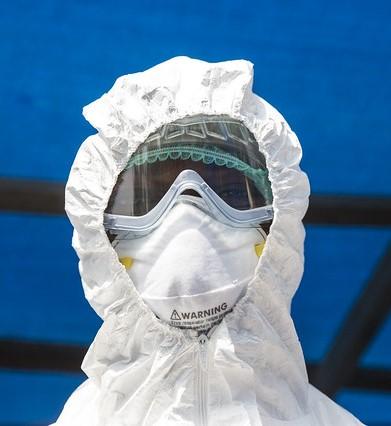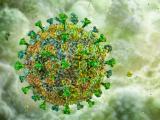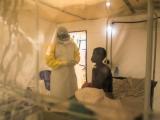The new cases raise the total number of healthcare workers infected in this outbreak to 131, including 41 deaths. Health workers make up 5% of all the victims of this outbreak, according to DRC data. The World Health Organization (WHO), however, in its latest Disease Outbreak News update, puts the number of infected health workers at 132.
Nurses bear brunt of illness
The WHO also provided new epidemiologic details on infected health workers.
"Of the 128 health workers with information available, the greatest proportion is among health workers at health posts [poste de santé] (20%, n = 26) and private health facilities (35%, n = 45). Three health workers—two of them vaccinated—are among the latest Ebola cases, according to yesterday's update from the ministry of health in the Democratic Republic of the Congo (DRC).
The health workers are from Beni, Katwa, and Kalunguta. The ministry of health said the unvaccinated worker was from Kalunguta and died in a community health center in that town. They are among nine cases that DRC officials confirmed yesterday.
The majority (68%, n = 87) of health worker infections were among nurses," the WHO said.
Today the DRC will likely confirm 14 more cases, raising the outbreak total to 2,451 cases according to the WHO's Ebola dashboard. Yesterday the DRC confirmed a new health zone, Mambasa, in Ituri province is affected, where a mother and her 8-year-old son died from the disease.
As of yesterday, officials have confirmed a total of 1,646 deaths, and 358 suspected cases still under investigation.
Re-emerging hot spots
Though transmission rates have remained steady throughout most of June and July, the WHO noted that former hot spots are seeing a resurgence of cases.
"There has been an increase in cases in Beni, and a high incidence of cases continues in parts of Mabalako Health Zone," the WHO said. "In addition to these re-emerging hotspots, there are a large number of people with confirmed and probable infections moving to other health zones, with the greatest number coming from Beni Health Zone."
The re-emergence of Ebola in communities is likely due to a highly transient population, the WHO said, with infected people moving across North Kivu and Ituri provinces.
"The high rates of population movement from outbreak affected areas to other areas of the Democratic Republic of the Congo and across porous borders to neighbouring countries during periods of heightened insecurity further compounds these risks," the WHO said.
US experts calls for PHEIC
Once again this week, Ebola experts have called for the WHO to readdress the designation of a public health emergency of international concern (PHEIC) for this outbreak. Ronald Klain, the US Ebola Czar during the West African Ebola outbreak in 2014 through 2016, and Daniel Lucey, MD, wrote in the Washington Post that a PHEIC would end the "global complacency" seen in this outbreak.
"In the absence of a trajectory toward extinguishing the outbreak, the opposite path—severe escalation—remains possible. The risk of the disease moving into nearby Goma, Congo—a city of 1 million residents with an international airpor —or crossing into the massive refugee camps in South Sudan is mounting. With a limited number of vaccine doses remaining, either would be a catastrophe," they write.
WHO experts have declined three times this year to label the outbreak a PEHIC, largely because they argue doing so would do little to stop the outbreak but further cripple the DRC's already limited economy.
Klain and Lucey suggest that whether a PHEIC designate is "fair or unfair," it would ultimately increase preparedness activities in neighboring countries and encourage the United States to take a more active role in controlling the outbreak.
See also
Jul 10 DRC report
Jul 11 WHO Disease Outbreak News update
WHO Ebola dashboard
Jul 10 Washington Post article

















